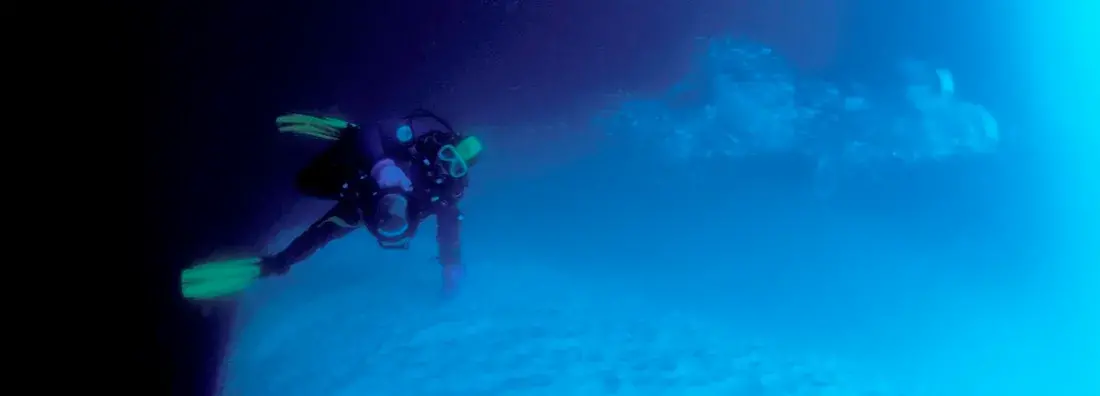Diving in Antarctica

Our thorough knowledge of the Polar areas enabled us to develop voyages
combining nature cruises with diving expeditions, offering you the best dive
sites in a fascinating world of ice. These polar diving cruises are still true expedition style.
Do I have to be an experienced diver ?
Before departure you will have to show an internationally accepted diving certificate, diver’s log book and insurance policy.
The first dive of the trip will be a ‘check’ dive to try out your gear and weights and for our dive master to see if all individual divers have enough experience to dive in the Antarctic waters.
If our dive master feels that the diver does not meet the necessary experience, he can decide to exclude the diver from the dive program (this decision will be made for your own safety). In this case, Oceanwide Expeditions cannot be held financially) responsible and does not grant any claims. All divers are required to follow the instructions of the dive master and guides at all times. All participants are diving 100 % at their own risk, which is also the case while on land during the excursions.
A combination of nature and diving !
What will you see while diving ?
Diving in Antarctica does not only offer ice, but also an interesting marine life, such as kelp walls, sea-snails, crabs, sea butterflies, various Antarctic fish, shrubby horse-tails, jelly-fishes, sea-hedgehogs, starfishes, krill and giant isopods. You may have the possibility to snorkel or dive with Fur Seals, Leopard Seals and penguins.
Number of dives
Drive master
Safety first !!
There is no decompression chamber in Antarctica. Medical care in these polar regions is almost non-existent and there is hardly any infrastructure. Although we have a doctor on board the vessel for first aid assistance, we cannot accept risky ventures from any of our divers.
Diving procedure
You don’t need to store your dive gear in your cabin. Upon arrival our dive staff will show you where you can leave your dive equipment. Only take your regulator with you in your cabin. Every diver is expected to prepare his own equipment well in advance prior to each dive. Bring your own spare parts for your regulators and dry suit in case of leakage or damage.
The divers are expected to set up and carry their own equipment in and out of the zodiac and sometimes up and down the gangway.
The dives will be done on a 'buddy system' basis. The dive guide will not be in the water to accompany and lead the divers. The guides will stay on the surface for the divers’ safety. The divers are expected to be experienced enough to read their compass, depth gauges and look after each other in order to have a safe dive.
